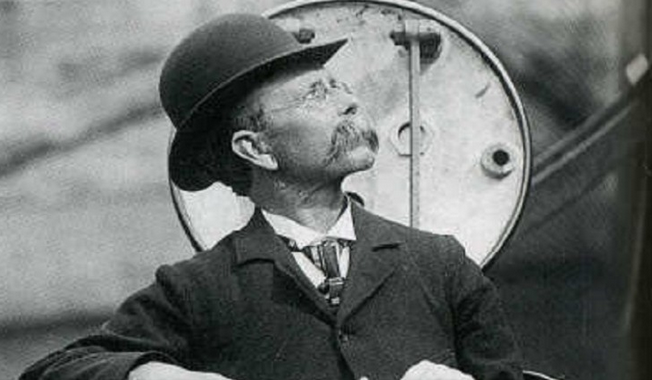
In the Canberra Times, columnist Nicholas Stuart addresses the French submarines debacle, which can only grow worse as cost overruns mount, ‘mission creep’ sees design changes and the already outmoded technology on order becomes even more so:
…turn your sonar on, and examine why the submarine project in particular represents such a terrible way to spend defence dollars. Look at what the submarine does so terrifically today; then work out if it will still be able to achieve the same effect in 2035 when the first commissioned boat sinks under the water.
The key is to understand what we’re getting. A dozen subs is meant to buy deterrence but the expense is so huge it will completely unbalance the force. Crucially, there’s absolutely no guarantee the vessels won’t be technically irrelevant by the time they’re built, put out of operation by fleets of smaller, remotely operated underwater vessels on “seek and destroy” missions.
Let’s begin with the biggest problem: the laws of physics. They aren’t going to change, and this limits the submarines. Technology, however, is advancing, and that advantages their threats…
Submarines are traditionally said to represent the ‘silent service’. The silence in this instance would seem to begin with those on the government benches who know and understand Australia is buying a fleet of immensely expensive lemons and yet utter not a word in defence of an effective fleet.
What Hyman Rickover, father of the US nuclear navy, would have made of Australia’s decision, we’ll never know. Tom Lewis, writing for Quadrant, is another matter.
 Sign In
Sign In 0 Items (
0 Items ( Search
Search








In the 1930’s Australia in short-sighted logic terminated its nascent subamrine capability started in 1913 with AE1 lost with all hands in 1914 on Australia’s first campaign in the South West Pacific to expel the German forces, and AE2 that excelled as the first allied submarine to penetrate the minefields in the Dardenelles in the Gallipoli campaign. Then came the Second World War when allied submarines based in Fremantle and Brisbane played a critical role in the defeat of Japan. It was only in 1967 that Australia re-established the highly respoected subamrine force we have today, and will need even moreso in the future.
That is all very well but we have also decided that we must build and suatin our subamrines here in Australia to avoid the risk of a coutry from which we might buy off the shelf would shut down its own support as happened with the Oberon class that we acquired from UK.
By all means we had and still have a steep learning curve to traverse and yes we pay a premium, but that premium goes into the Australian economy and has the same effect as the infrastructure spending now being advocated to restart the Australian economic growth boom.
And autionomous underwater vehicles [AUV] (drones if you like) are n important new factor and Australia has the capability todesign and build such devices. YThe problem is they don’t yet have the human intelligence and flexibility to respond to unexpected and previously unencountered situations. Furthermore the underwater domain is muchmore difficult to ensutre reliable command, control, communications and computer networks to receive intelligence information [C4I] than is the above water air and space environment. So submarines will be neede to manage the AUVs they will carry and control.
Finally the Submarine Institute of Australia is to be congratulated for its inaugural nuclear indiustry seminar for the simple reason that if we wait for anuclear industry to be developed before talking about nuclear subamrines then the concern raised by Ton Lewis et al might very weel come home to roost
Nautilus